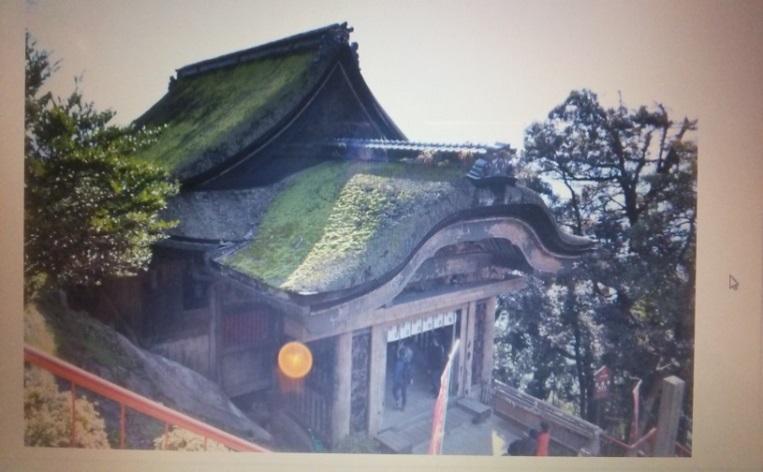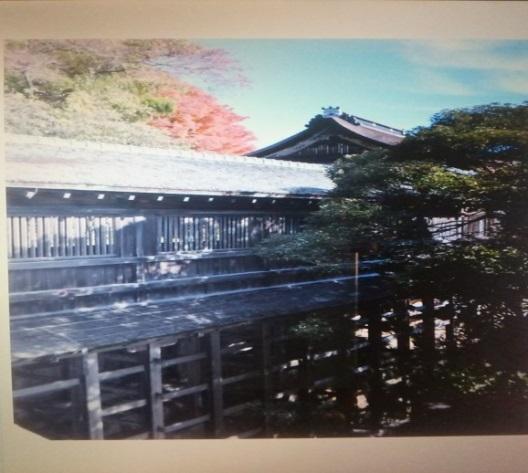Fantastic Stories of Kanji (城 2 shiro/castle. Also pronounced as “jou”)
How have you been recently?


Here in Japan, spring has come. You can see the cherry blossoms(Sakura), and when the cherry blossoms start to bloom is when all things start in Japan.
Gill has been singing Sakura as follows.
“SAKURA. SAKURA “ Now they are blooming all round.
Even though they know that they are coming to the end.
Say goodbye all my friends, and I see you once again
I promise you that you will always be in my heart…”
Well, last time I wrote about the relation of the castle in Osaka and the Schloss Eggenberg castle, in Austria. And I explained about the existence at that time of a gold-built bridge near the ancient Osaka castle called the “Gokuraku-Bashi” it happens to be drawn in the Zubyoubu (Paravent exposed in the Schloss Eggenberg castle) and It was also mentioned by a missionary as well as a Buddhist priest.
A portuguese missionary Luis Frois wrote in a letter from Japan saying that Hideyoshi constructed Gokuraku-Bashi in 1596. According to a diary of the priest, the bridge was taken to Toyokunibyou (Toyokuni mausoleum). Gokuraku-Bashi was moved to Kyoto and became a big gate.
Further more, a diary of a priest of the mausoleum refers to a building called Gokurakumon.
It said that the dismantling of the gate had started in 1602, and donated to Chikubujima island(The Lake Biwa). This has led to speculate that Gokuraku-Bashi was turned into a gate and moved to Chikubujima.
(Karamon gate which is the entrance of Gokuraku bashi)
Two years after Hideyoshi’s death, his forces were defeated by the forces of Ieyasu Tokugawa at one of the greatest battles in Japan history.Tokugawa troops came down from Edo, attacked and destroyed Osaka castle and its surroundings.
Even though the old city has been collapsed, we can see the remains around Osaka castle in the Zubyoubu, In Schloss Eggenberg castle in Austria. Fantastic!
Let’s review Kanji in this topic.
城(shiro/jou) castle 大阪城(Oosaka jou)
橋(hashi/bashi)bridge ごくらく橋(Gokuraku bashi)
島(shima/jima)island 竹生島(chikubujima)
門(mon)gate 唐門(kara mon)
桜(sakura)cherry blossom